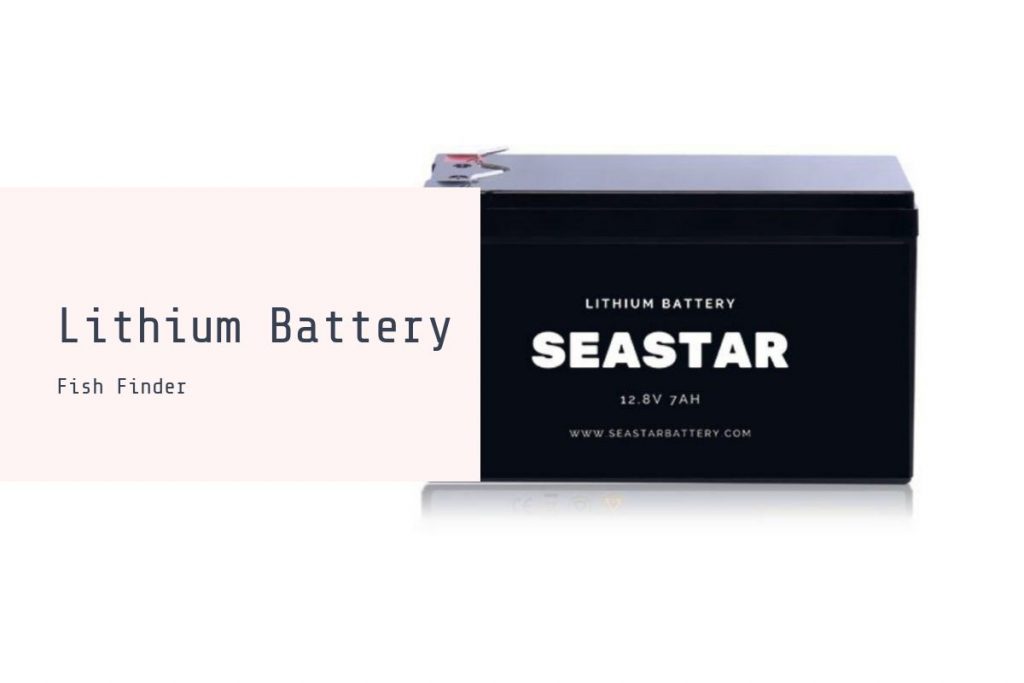How to Charge Motorcycle Batteries
Welcome to Seastar Battery’s blog! Discover the ultimate guide to charging motorcycle batteries for reliable performance and a longer lifespan. Follow these steps to keep your battery in top condition and enhance your riding experience.
Table of Contents
How does a motorcycle charge its battery?
Discover the powerful trio that keeps your motorcycle running smoothly: the alternator, rectifier/regulator, and battery.
The Alternator/ Stator: Unleash Electrical Power on the Go
The heart of the charging system, the alternator (also known as the stator), generates electrical power while your engine roars. With its coils or windings, this powerhouse produces alternating current (AC) as your crankshaft whirls away.
The Rectifier/Regulator: Converting AC to DC for Maximum Efficiency
Harness the raw power of the alternator with the rectifier, which expertly converts AC to direct current (DC). By allowing current to flow in one direction, it eliminates those pesky alternations. Then, the regulator steps in to maintain a consistent voltage, guaranteeing a stable charging voltage for your battery.
The Battery: Your Energy Storage Savior
Ready to supply electrical energy to your motorcycle’s components, the battery is your trusty storage device. It takes in the power created by the alternator and delivers it to your electrical systems even when the engine is dormant. Plus, it amps things up with a high current for a swift start.
Unleash the Power: How It All Works Together
When your engine springs to life, the alternator gets to work, creating electricity. This electrical magic is then transformed into DC by the rectifier. But we’re not done yet! The regulator brings balance by tweaking the voltage to keep it in check, preventing any overcharging or undercharging. The electrical energy produced is a multitasker, fueling your systems and gadgets while restoring your battery to full strength.
Maintain This Dynamic Trio for a Healthy Charging System
Maximize the effectiveness of your charging system by nurturing it with regular maintenance. Keep an eye on the components, ensure connections are solid, and pay attention to engine speed, electrical load, and the overall condition of the alternator, rectifier/regulator, and battery. Following these steps ensures a dazzling battery and a charging system you can always rely on.
Get ready to hit the road with a motorcycle charging system that never misses a beat.
Safety First
Prioritize safety by working in a well-ventilated area and wearing protective gear. Consult your motorcycle’s manual for manufacturer recommendations on battery charging.
Identify Your Battery
Different batteries require different charging methods. Determine the type of battery in your motorcycle before proceeding.
Choose the Right Charger
Avoid damaging your battery by using the correct charger. Conventional lead-acid batteries need a 12-volt standard charger, AGM batteries require an AGM-specific charger, and lithium-ion batteries need a charger designed for lithium.
Prepare the Battery
Inspect the battery for damage or corrosion, and clean the terminals before connecting the charger.
Connect with Care
Follow the manufacturer’s instructions to connect the charger securely and safely.
Charge Accordingly
Select the appropriate charging mode for your battery type and monitor the progress. Never leave the battery unattended and follow the recommended charging time.
Maintenance and Storage
Proper maintenance is essential. Check the battery voltage regularly, clean terminals, and secure the battery. If storing the bike, consider using a battery maintainer to prevent discharge.
Conclusion
Optimize your motorcycle battery’s performance with proper charging, safety measures, and regular maintenance. Trust Seastar Battery for top-quality lithium and lead-acid batteries tailored to your motorcycle’s needs. Contact us today for expert guidance.
How to Charge Motorcycle Batteries Read More »

